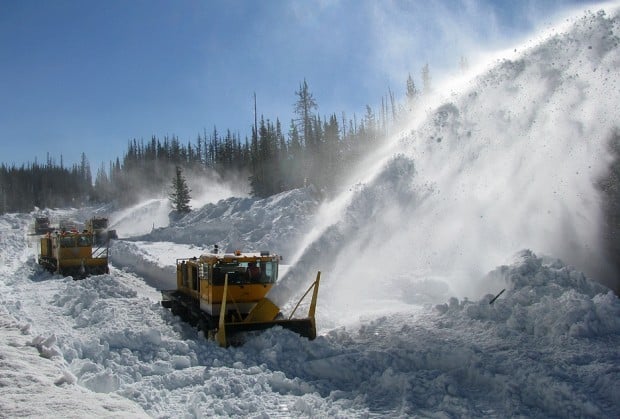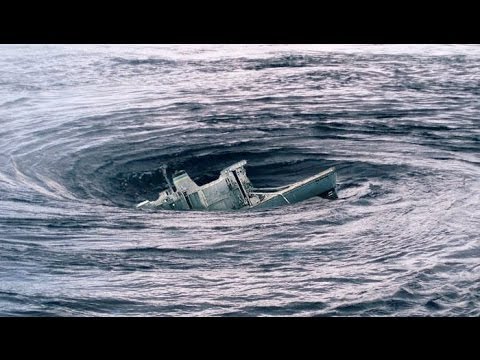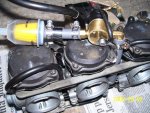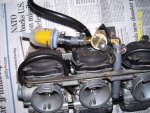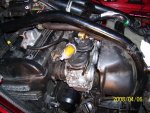MAN OF BLUES said:JDM
Please supply us a link, to the actual manufacturers spec, detailing that the "flow orifice" is 16mm.
I see the "chart", but is without actual manufactrer verification... which is what I go on.
I cannot see it from the link you provided in post 194, nor do I believe for 1 second, that is correct.
I have speced solenoids, and designed hydraulic circuits for decades, and inlet/outlet thread sized valves of this nature NEVER have an orifice that size.
I would say it is closer to .160" diameter, finding a solenoid with a 1/4" orifice thru, is difficult even, and I base this on my job, and the fact I researched this all a lonnnnnnnnng time ago, when Gary was looking for a valve to use. I could not find a single 12v small, 3/8-1/4" npt valve with an orifice over 3/16", and that one was expensive, high buck one. Even on 1" npt valves, you would be hard pressed to find an orifice 3/8" or roughly 10 mm.
I made my conclusions based on specific product literature from the manufacturers of the valves, with specific attention to "delta P" pressure drops, at atmospheric pressures. I found none I was excited about, if I had, Murph would be selling them, I guarantee...
Not going to happen. i am done. Sorry for being short with you MOB but i am out of the business. jd





